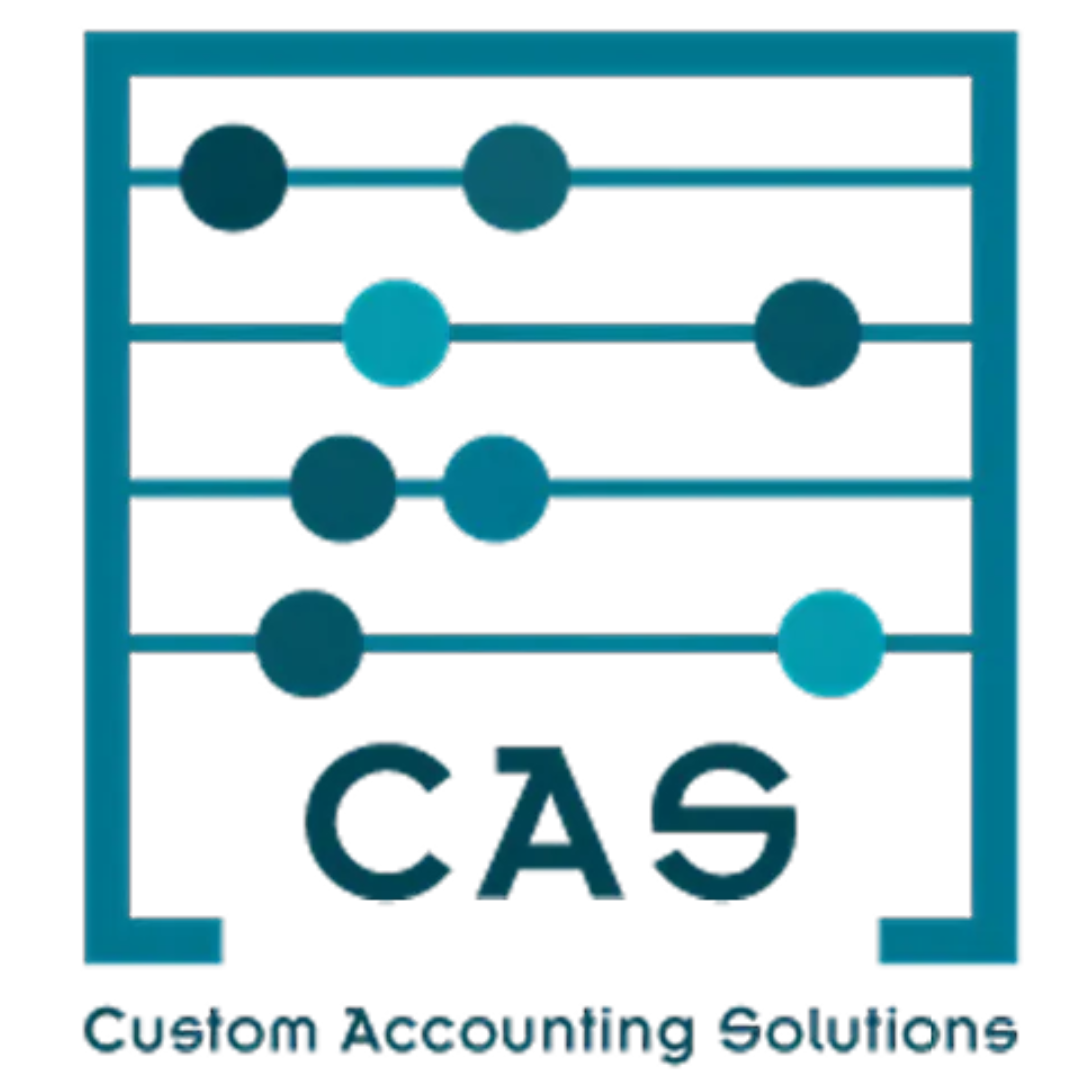The Smart Way to Handle Inventory Accounting in a Small Business
For product-based businesses, inventory is one of the biggest assets on the balance sheet - and one of the trickiest to manage. Getting inventory accounting right isn’t just about knowing what’s in stock; it’s about accurately tracking costs, profits, and cash flow. A small mistake in valuation or timing can distort your financial reports and lead to higher taxes than necessary.
Here’s how to handle inventory the smart way - with clarity, accuracy, and confidence.
1. Understand Why Inventory Accounting Matters
Inventory isn’t just what’s sitting on your shelves. It represents cash you’ve already spent and revenue you haven’t earned yet. Mismanaging it can throw off your financial statements, making it harder to see your true profitability.
Accurate inventory accounting gives you better insight into cost of goods sold (COGS), gross margin, and purchasing decisions - all critical for growth.
2. Choose the Right Inventory Valuation Method
The IRS requires businesses to use consistent methods to value inventory. The most common are:
• FIFO (First In, First Out): Assumes the oldest items are sold first. It often results in lower COGS and higher profits in times of rising prices.
• LIFO (Last In, First Out): Assumes the newest inventory is sold first. It can lower profits (and taxes) when costs increase, but it’s not allowed under some accounting frameworks.
• Weighted Average Cost: Smooths price fluctuations by using an average cost for all items.
Choosing the right method depends on your industry, pricing trends, and tax strategy - a conversation worth having with your accountant.
3. Keep Your Records Updated
Regular inventory counts - whether monthly, quarterly, or annually - are essential. Compare physical counts to your accounting system to catch discrepancies early. Use software tools that integrate with your sales and accounting platforms to automate tracking and reduce manual errors.
Also, track slow-moving or obsolete items. Writing them off properly can prevent overstating your assets and help you make smarter purchasing decisions.
4. Work with a Professional for Year-End Reporting
Inventory adjustments directly affect your income statement and taxes. A CPA can ensure your valuation method is applied correctly, your cost of goods sold is accurate, and your financials reflect your actual business performance.
The Bottom Line
Inventory accounting isn’t just about counting products - it’s about understanding the financial heartbeat of your business. When done right, it gives you clear visibility into profits, cash flow, and growth potential.
By keeping accurate records and choosing the proper valuation method, you’ll make smarter business decisions - and avoid costly surprises at tax time.

